Plex: 20 December 2023
THREE MOUNTAINS; Plex Conversations; Todd Hoskins; Synchronicity in Systemic Change; Vegas From A Penthouse; Remembering Summer; It’s A Wonderful Life

The Biweekly Plex Dispatch is an inter-community newspaper published by Collective Sense Commons on first and third Wednesdays of each month. Price per issue: 1 USD, or your choice of amount (even zero).
In This Issue
- THREE MOUNTAINS – TL;DR (George Pór)
- THREE MOUNTAINS (George Pór)
- Plex Conversations (Peter Kaminski)
- Todd Hoskins with Peter Kaminski, 2023-12-08
- Gil Friend with Peter Kaminski, 2023-12-05
- Synchronicity in Systemic Change (Klaus Mager)
- Vegas From A Penthouse (Jack Park)
- Remembering Summer (Ken Homer)
- It’s A Wonderful Life (Ken Homer)
THREE MOUNTAINS – TL;DR
by George Pór
WHAT
Is it an invitation to:
- Boosting wisdom-guided collective intelligence in organizations?
- A school for budding AI whisperers and AI shamans?
- Practicing planetary change artistry?
- Intentional self-development?
It is all of the above, designed so that the different facets of the THREE MOUNTAINS game intertwine and enrich the players’ experience.
The three mountains that gave its title are called PRESENCE Peak, SOVEREIGNTY Summit, and PLANETARY Plateau.
HOW
Is it:
- An adventure game?
- A learning expedition?
- Transmedia storytelling?
- An action research project?
What makes the THREE MOUNTAINS both super-stimulating and stretching the participants' individual and collective capability development boundaries is that it’s more than all of the above. They will immerse in scenarios where the different aspects of the WHATs and HOWs intertwine and interlace with their real-life experience.
WHO
Who will benefit?
Individuals seeking to become the next version of themselves through intentional self-development that is also fun and entertaining, and those who want to learn to nurture the AI-supported and wisdom-guided collective intelligence of their organizations and communities.
They may include community facilitators, organizational professionals working in or with organizations, helping professionals, public service workers, educators, movement builders, and all those who seek to unleash their full potential for contributing to the transition to a better world.
We will also create specialized versions of THREE MOUNTAINS tailored to the context and coordination needs of scientific communities, business, education and governmental organizations, and other institutions.
Who is behind this initiative?
The THREE MOUNTAINS project was born as a brainchild of George Pór, founder of the Future HOW Center of Action Research for Regenerative Future. The development of its initial concept, under the title Wisdom-Guided Collective Hybrid Intelligence (CHI) in a Network of Human & AI Agents, was supported by a grant from Algovera AI.
The concept was tested in two design workshops held in partnership with RADAR DAO, a collective of 300+ futurists and innovators. Out of those workshops, it morphed into its present version: a Generative Action Research project designed as an AI-assisted serious game.
That version is currently being developed in partnership with River DAO, an organization that “integrates next-generation AI, collective intelligence, and decentralized governance, creating wisdom-guided technology that benefits all of humanity.”
WHY
Playing out in various global and local contexts, the THREE MOUNTAINS initiative has not just one purpose but an ecosystem of interdependent, mutually enriching objectives. They include:
- Increase the players’/explorers’ capacity to deepen their connection with self, others, and the more-than-human world of nature and technology.
- Discover conditions favorable to the emergence of wisdom-guided Collective Hybrid Intelligence (CHI) in networks of human & AI agents.
- Grow a community of AI shamans, those AI whisperers who are capable and willing to put their talents in service of making people, organizations, and the planet flourish.
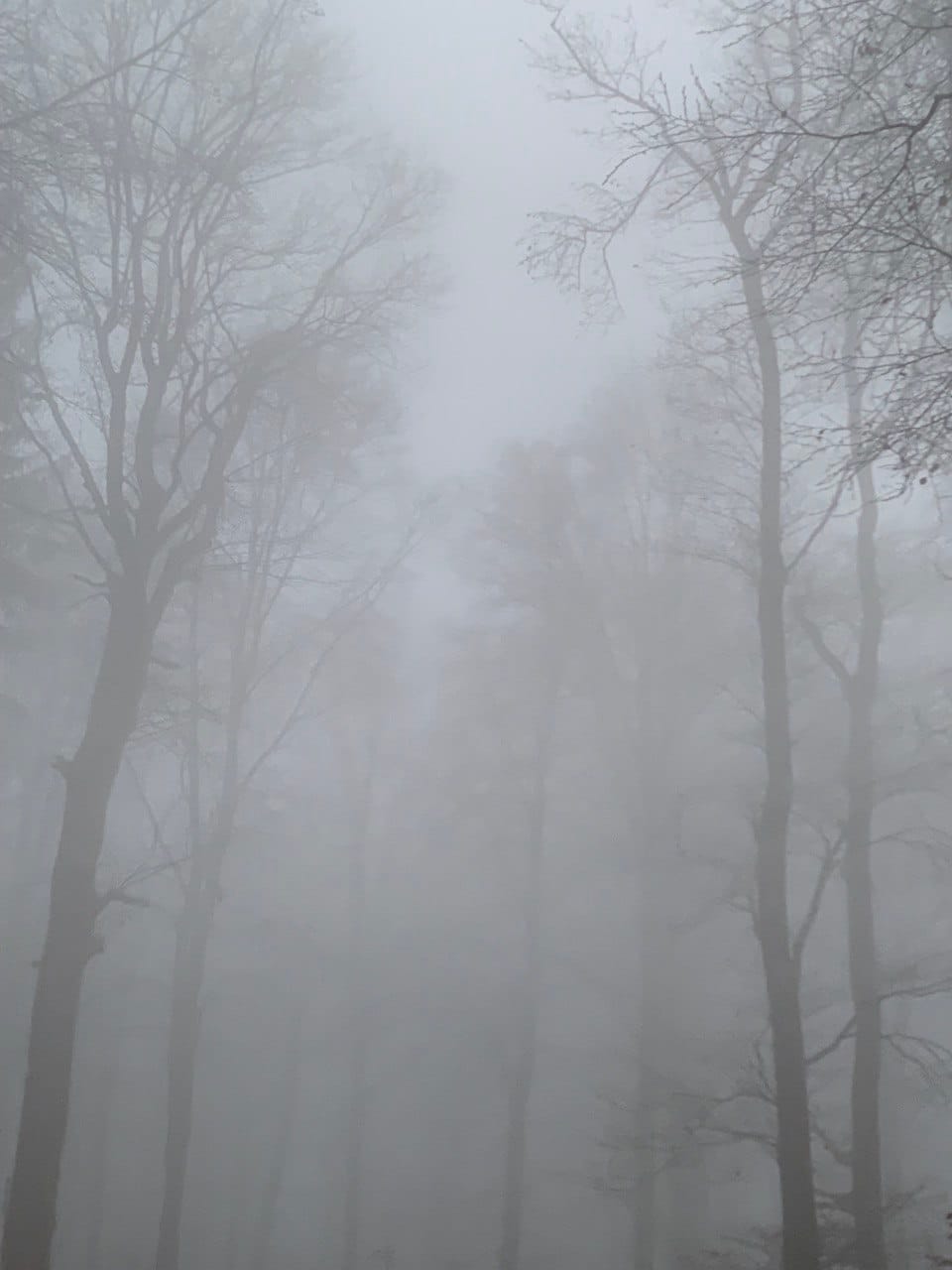
THREE MOUNTAINS
by George Pór
Originally published at: THREE MOUNTAINS
An AI-assisted learning expedition game

Once upon a time…
Once upon a time, in the early decades of the 21st Century, the inhabitants of a beautiful blue planet were suffering.
That was when today’s wave of 1.2 billion climate refugees began, as streams of humans and animals escaping the rising seas started trickling towards higher ground, forced to leave behind their ancestral land and what gave them their livelihood. The time when millions died due to extreme weather conditions and 100s of millions of people got displaced due to water shortage. That was also the time when 100,000s soldiers and civilians, including women and children, perished in the wars on the Eastern edge of Europe, in the Middle East, and Africa.
Those numbers are not just numbers but human beings like you and me who had dreams… dreams squashed by manufactured disasters. They were our not-so-distant ancestors, parents, and grandparents who agonized about the world they left for us.
The obscene wealth inequalities accentuated their hardship, the opulent life of the super-rich while millions of people toiled in soulless workplaces in what a famous anthropologist of those years called “bullshit jobs” — employment without personal meaning and dignity. No wonder that most employees whose livelihood was tied to wage slavery were “disengaged” from work, to use a management euphemism of that epoch for “couldn’t care less.” The worst was the reigning hopelessness. Moloch somehow managed to etch into peoples’ minds: THERE IS NO ALTERNATIVE!
Yet, Life was not defeated. First, students woke up in 1968, and their graffiti appeared on the walls of the Establishment:
“Be realistic; demand the impossible!”
“Going through the motions kills the emotions.”
“The freedom of others extends mine infinitely.”
“We want structures that serve people, not people serving structures.”
“We don’t want a world where the guarantee of not dying of starvation brings the risk of dying of boredom.”
Soon, those slogans got plastered over with placards of consumerism. The yearning expressed in the graffiti went underground and grew mycelia. Videos, movement websites, and other exhibits in the “Early Decades” halls of the 21st Century History Museum show that 50-60 years later, many of those yearnings resurfaced in new generations. Those exhibits witness the emergence of such social movements as AI for Good, bioregionalism, community-based co-creation of health, decentralized science, eco-villages, food commons, open source everything, regenerative agriculture and finance, transformative education, workplace democracy, and more…
Those early decades were the worst and best times at once. A breakthrough into a never-dreamt of prosperity and fairness for all and a breakdown into barbarism were dancing on a knife’s edge. That was the backdrop on which a group of brave players of an AI-assisted learning expedition game called the Three Mountains came together and ventured into the unknown.
They didn’t know where the game would lead. They only knew that if the breakthrough had any chance, they needed to develop new capabilities individually and together and do it fast. They were heartened by a hunch that what they seek may be also seeking them.
Off the main hall of the “Early Decades” exhibition in the 21st Century History Museum, there is a screening room where you can watch the story of the THREE MOUNTAINS. The words you’ve just read were of the film’s narrator, which continues with what follows.
Happened in the Command School
A pivotal episode of Ender’s Game by Orson Scott Card plays in the Command School of the International Fleet. Ender Wiggins, a child prodigy of video games, destroys a fleet of starships attacking the Earth. Only after the end of the “game” does he learn: it was not a simulation but a real space battle that his fleet won, and they saved the Earth.
That story inspired the meta-plot of the THREE MOUNTAINS AI-assisted learning expedition, in which players are invited to participate in an adventure “game.” The stake of this expedition game couldn’t be higher. It’s about developing the individual and collective capabilities necessary to facilitate an AI-assisted transition to humanity’s Phase Shift into a world that works for all.
In this time between worlds, there are many manifestos, utopian descriptions of a desired future, as well as apocalyptic scenarios trying to prepare us for the dreadful Collapse.
We don’t know what is on the other side of the Phase Shift and even less so what it takes to get there. But we know that we can't get there with the level of consciousness and capabilities that caused the mess that we are in. That’s why the learning expedition game is not just a game, not a rehearsal, but a very real developmental journey for those who are ready to embark on it.
Gameplay: Going Up Mountains
The learning expedition “game” will play out in the mountains of PRESENCE Peak, SOVEREIGNTY Summit, and PLANETARY Plateau.
The quests and challenges on the journey toward PRESENCE Peak are focused on upgrading the players’ Sentience and Intelligence qualities. For some, that journey may amount to a life changing upgrade if they choose to engage in its transformative deep practices. The latter will include communing with and absorbing actionable insights from nature, dialectical thought forms, contemplative practices, differentiated fields of listening, navigating moral/emotional dilemmas, enacting integral and shared mindfulness in the Sentience Basecamp, where all the players gather. Some of them will use what they are learning as a leverage for their professional development. Others will experience it as psycho-spiritual self-initiation. For yet others, it can mean both.
PRESENCE Peak is a high mountain in the gameworld. Many tried to climb to its top; few succeeded. The top is dressed in almost permanent clouds of fears, hopes, and unintegrated shadows, and ignorance. Those who climbed that far are not yet done with this mountain. If they manage to trek through and rise above the cloud layer, a majestic panorama of snow-white fields is waiting for them. Their prize is the exquisite experience of pure Presence, beyond time and space.

When climbing to the SOVEREIGNTY Summit, the capability development challenges are coupled with a stronger focus on omni-positive choice-making and other aspects of Agency. On this leg of the journey, players grow competence in AI whispering and collaborative AI prompting, holding multiple perspectives, situational awareness, discernment or relevance realization, symmathesy (transcontextual mutual learning, à la Nora Bateson), AI-assisted discourse analysis, cultivating developmental relationships, combinatorial innovation, and more. The quests here, just as in the previous mountain, will involve the players’ discovery of ways to address their real-life challenges and opportunities. To succeed, the players must remove every barrier to effective collaboration and befriend complexity. The prize is the joy and never-before experienced level of individual and collective sovereignty.
On the last leg of the journey, those who successfully completed the first two can embark on the most exacting one — scaling the heights of the PLANETARY Plateau, where they can find a crucial clue to humanity’s Phase Shift. It won’t be easy to get there. Players will have to bring into play the best of their talents enhanced in the PERSONAL Peak and SOVEREIGNTY Summit mountains and grow new ones. For example, in cross-team collaboration supported by boundary objects and stigmergic collective intelligence. They will also have to bring into play their different modalities of knowing, in a concerted way, for compound outcomes.
Their ultimate challenge will be learning to activate their wisdom-guided Collaborative Hybrid Intelligence (CHI) of human and AI agents at increasing scale. When they meet it, the clue to humanity’s Phase Shift reveals itself.
Cycles and Generativity
Cycle 1 of this project, initiated by Future HOW, Center of Action Research for Regenerative Futures, consisted of developing its concept as action research and its core innovation idea, CHI: meaning-aligned and wisdom-guided Collaborative Hybrid Intelligence of human and AI agents in (networks of) teams, communities, and organizations. This phase was supported by a mini-grant from Algovera AI, a cooperative developing decentralized AI.
Building on and improving that concept in Cycle 2, we had two Orientation workshops focused on the what and how of its implementation. The idea to design the action research as a serious game grew out of these workshops. They were delivered in partnership with RADAR DAO, a collective of 300+ futurists and innovators.
Cycle 3 is the game design cycle that we’re collaborating on with River DAO, “an organization designed to accelerate the transition to a generative society on a thriving planet.” The story of the THREE MOUNTAINS AI-assisted learning expedition game, presented here is the beginning of Cycle 3.
Cyclicity is one of the process characteristics of Future HOW’s Generative Action Research (GAR) that serves as the learning expedition’s methodology framework. The four distinctive qualities that make GAR generative are: self-sustaining, self-improving, self-evolving and self-propagating.
In the context of our research, the self-sustaining quality means that we balance change and continuity in its social field that includes both horizontal development (talents, skills) and vertical development (value systems, worldviews, complexity absorption).
The research is self-improving because it is designed to continually improve individual and collective effectiveness through A) the action / assessment / feedback / learning loops and B) learning to generate new capabilities in response to emergent situations.
It is also self-evolving, i.e. designed to grow into more inclusive stages of consciousness with each new cycle.
It becomes self-propagating when it embodies its core innovation idea—meaning-aligned and wisdom-guided Collaborative Hybrid Intelligence of human and AI agents—in a way that inspires others to awaken new possibilities in their organizations and communities.
The embeddedness of the learning expedition in our partner organizations helps couple the algorithmic knowledge with human insights about contexts.

Where do we go from here? How about Cycle 4, Cycle 5, Cycle n? We don’t know because the emergent nature of GAR implies that the plan for each subsequent cycle flows out from the reflection about the previous one. However, a logical sequence following the game design in Cycle 3 would be the prototyping of the THREE MOUNTAINS learning expedition game as a Minimum Lovable Product (MLP) in Cycle 4. Only then would it have a chance to self-propagate by letting its Collaborative Hybrid Intelligence model and practices be replicated in the specialized context of other organizations.
Invitation
Apart from the initial mini-grant supporting Cycle 1, this work has so far been self-founded by a very small team. To go further, we need help. Questions and feedback will be helpful. Support from any sponsoring organization or grant maker with a broad enough vision for putting AI in service of human and societal flourishing would be much appreciated.
We also welcome Expressions of Interest in collaboration from:
- Video editors and video makers
- Scriptwriters and story weavers
- Game designers and UX designers
- Fundraisers and grant writers
- Aspiring AI whisperers and AI shamans
Send your message to george.por@gmail.com.
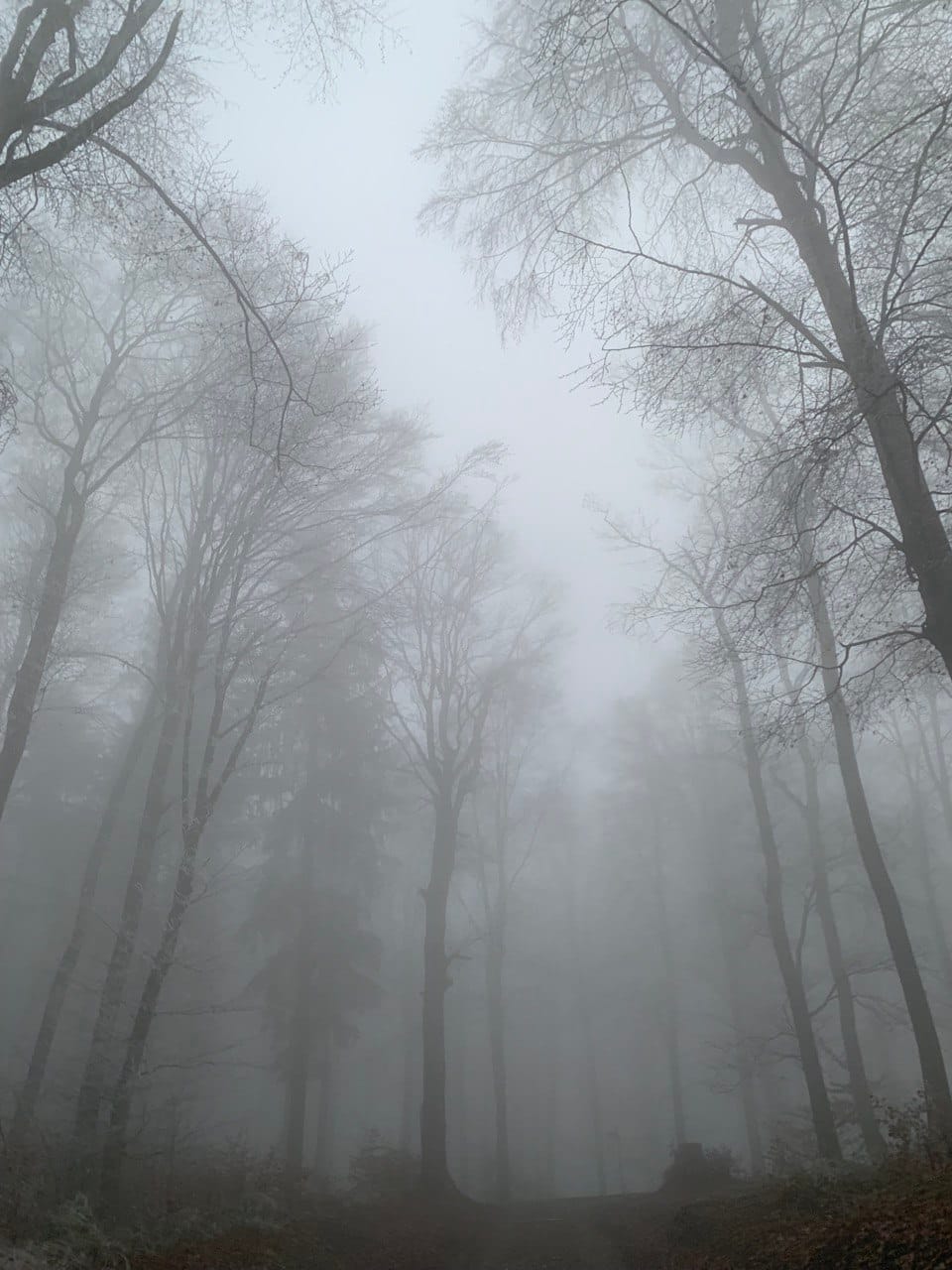
Plex Conversations
by Peter Kaminski
I am starting a practice of having one-on-one conversations with members of the Plex intercommunities, with the goal of helping us all know each other better, and to think better together. In this stage of the process, I am sharing some of the best nuggets of conversation, not necessarily a whole dialogue or story. We’ll bootstrap from there.
I invite you to also have a conversation with another person, inside or outside of the Plex, and to share the best parts of that conversation with all of us. Send me an email at kaminski@istori.com.
Following are some nuggets from two recent conversations, one with Todd Hoskins, and one with Gil Friend.
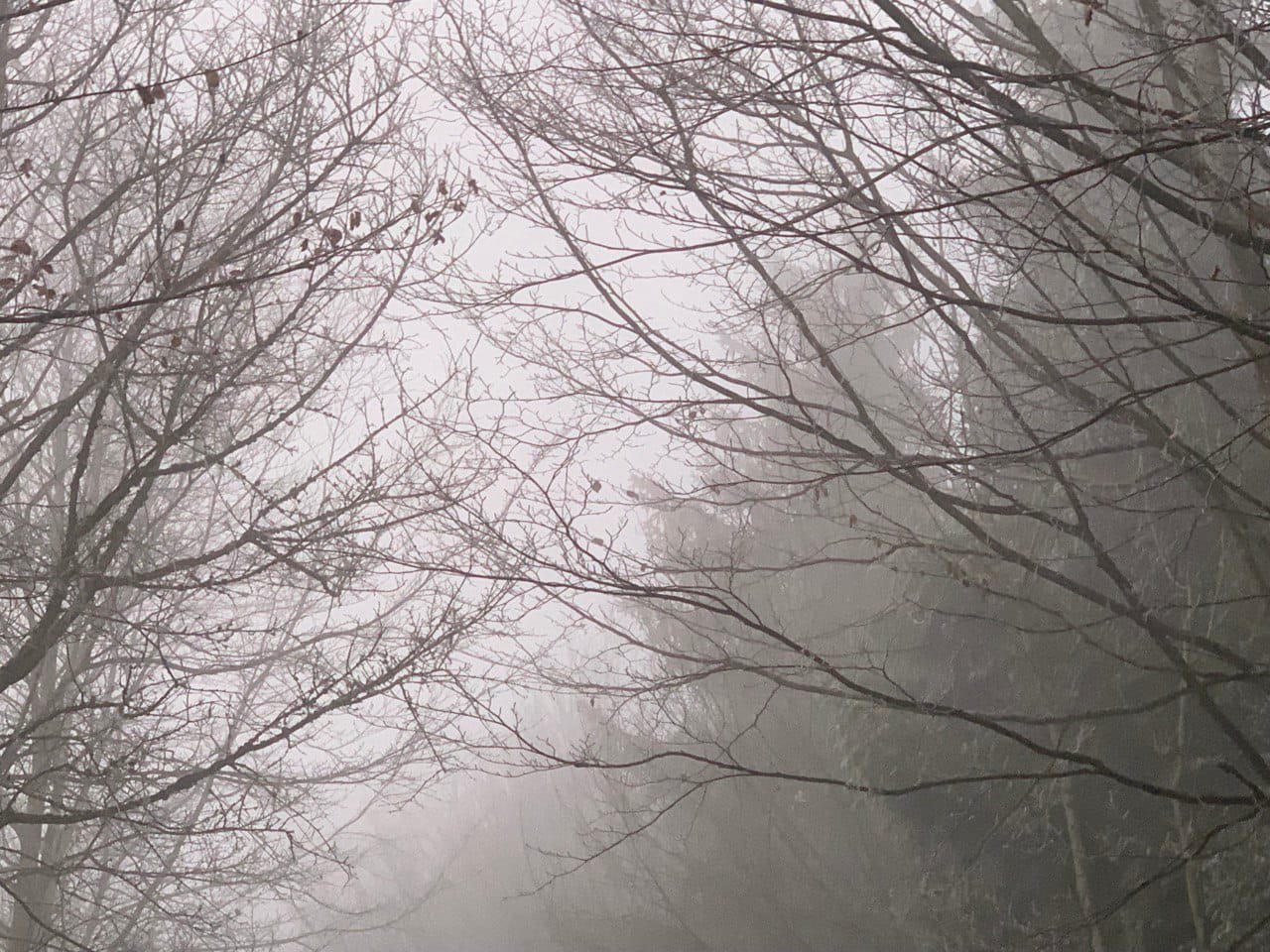
Todd Hoskins with Peter Kaminski, 2023-12-08
Intercommunity; Community Collisions
(Todd and I share an interest in “intercommunity”)
In the spirit of intercommunity, how can we have not just individual voices that represent different communities, but how can we have “community collisions” in which there is some output from that?
And I don’t really have an answer to that.
But I feel like it’s very interesting.
Productization, Replication
So if you’re not a technologist, how would you describe yourself? Or, what are you thinking when somebody else is talking?
I am constantly seeking underlying principles.
I’m looking to confirm, validate, adjust, or find evidence for or against the principles that I hold dearly.
And then I’m looking for new applications of those principles–new and creative ways of thinking about them.
And everything in that is more process-oriented.
So the product for me is always the process.
There’s not a thingness to it.
And I had somebody a year ago say, “I want to productize what you do.”
And I said, “How are we going to do that?”
He said, “Well, if we just spend enough time together, dive in, we can figure out how other people can do what you do.”
And I said, “That sounds like a fun exploration – but I don’t want to be married to the outcome of replication.”
Fluidity, Flow, Structure
So to a technologist, when you say process, I think they think of workflow engines and assembly lines.
And it goes quickly into thingification.
So when you say process, is it sometimes technological?
Is it sometimes human? Is it always human?
That’s a great question.
It’s always a flow, but it’s not always the workflow.
I’m going to start, see where that takes me.
I was reflecting lately with a colleague, that the fact that I tend not to use any off-the-shelf methodologies for the work that I do within teams and organizations or networks can sometimes just seem foolish and exhausting.
Because if I could just pull something off the shelf and use it, I wouldn’t have to have such a long immersion period, or I wouldn’t have to utilize so much creative energy.
But the value is in the creative energy.
And it’s not my creative energy, it’s a shared creative energy that is with those that I’m working alongside.
In that sense, the process that I am feeling out–finding where the flow is, is just a deep listening and understanding, a dialogue and a sense of, how can we envision this, and then, what comes next?
You know Marti Spiegelman?
She sometimes intersects with our circles. She is my podcast partner, and she’s a mentor and friend.
We used to have these ongoing conversations around structure and flow, because she has this phrase that is based upon Indigenous wisdom, that fluidity speaks its own best structure. This means that the best frameworks are created on the fly, and then they evolve.
My argument was, “Sometimes you need to start with a structure and find the fluidity, to adjust the structure.”
And she would say, “Even before you start with the structure, you’re likely finding the fluidity before you start with that structure.”
I get it. I used to try to be a walking library of theory. And now, I’m a believer–that the structure needs to follow the flow. Principles are universal. Methods are not. We apply principles to context.
So with the process-orientation, I am tracking, I am watching, I’m monitoring – where is there a flow that could move this initiative forward?
And then, how is the structure coming into form? We are in-formed by what we know–frameworks and such–but the context likely needs something new if it’s complex and evolutionary.
What does this have to do with community collisions?
We don’t know what will provide value until we experiment. We don’t know what will work and won’t work. When there is magic, we don’t look to replicate it as much as we seek to understand the principles at work and then experiment more.
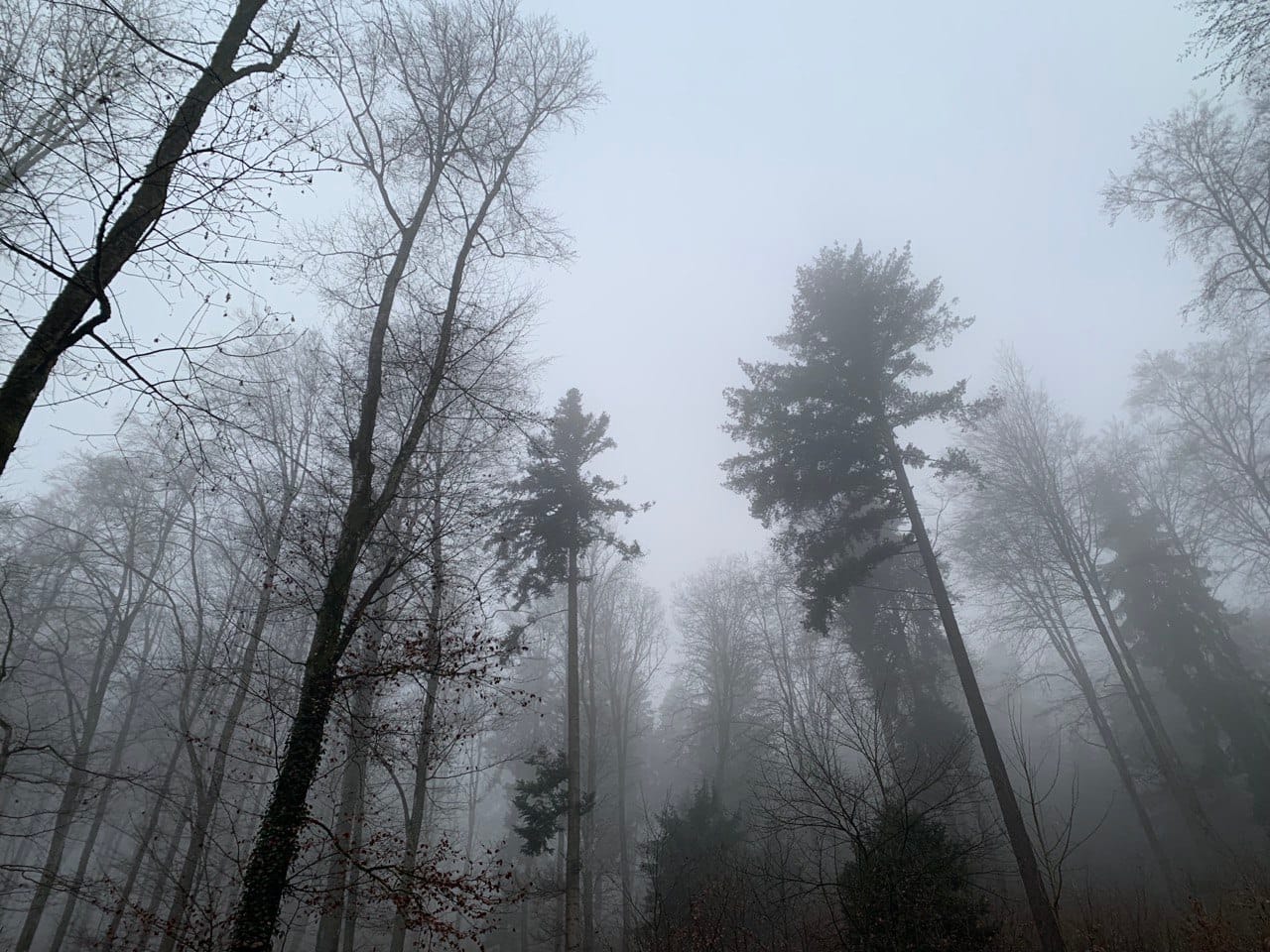
Gil Friend with Peter Kaminski, 2023-12-05
Encourage Curiosity
What would you want to tell your grandkids how to cope until they get to be our age?
What I would say to the grandchildren that I don’t have?
I would encourage curiosity.
Just be curious, inquisitive, live in wonder, wander in wonder, which is kind of what I’ve done.
I grew up watching, watch Mr. Wizard in the 1950s and watching a TV series called Industry on Parade, which was a kind of weekly half hour black and white documentary of a particular industry manufacturing process, supply chain thing, whatever.
I was just a fascinated little kid, wondering, “How does this stuff work?”
And so for me, when I would go into a plant, looking at how to make it work better, I’d be full of questions about, well, how does that work?
And why do you do that that way? How’d you decide to do it this way?
Look under the rock, ask the next question.
Toyota got to it with the Five Whys process, which revolutionized their industrial process.
“Why is this that way? Well, what’s the why behind that? What’s the why behind that?”
Where that shows up for me today is the question that I learned from Robert Dunham, who’s always asking, “For the sake of what?”
In other words, if you’re doing this, or if you’re committed to that, or if you want the other thing – for the sake of what?
Why is it that you care about that?
And in the going to that, something starts to unfold, including pathways to getting people who are at each other’s throats to find common ground and find ways of inventing pathways together.
And so that fascinates me, is getting beyond the surface positions and the polarization and all the stuff that we’re surrounded by today to the common concerns that most people have.
I mean, they’re called common concerns because they’re actually common.
So “Five Whys” and “For the sake of what?” are very similar questions.
When did you learn about the Five Whys?
Somewhere along the way I learned about the Toyota Production System, which, as you know, was a breakthrough in quality in industrial manufacturing.
When I was a kid, there were Chevys, and there were Mercedes.
The quality was really, really different. And the notion was that you had to spend a lot of money to get to quality.
Toyota broke that open and said, no, you don’t have to spend a lot of money. You just have to do certain things in certain ways.
You have to ask certain questions, then you can get a Corolla that has the quality of Mercedes.
And now that has become the standard in the world because these guys asked some different questions.
We did some work at the Fremont NUMMI plant (New United Motor Manufacturing, a joint venture between General Motors and Toyota).
NUMMI brought American executives to their plants to show them the Toyota Production System.
They did not keep it secret – they were excited about it. They wanted to share it.
The American executives couldn’t see what they were looking at. They couldn’t understand what they were seeing.
They couldn’t understand that there was respect. They were looking for mechanisms.
We did a sustainability training at the plant in Fremont. I remember this striking moment.
We had done a bunch of briefing stuff, setting context and parameters and expectations.
Then we kind of posed a problem.
And this room full of like, I don’t know, 20 engineers sitting at tables, they instantly wheeled their chairs around, organized themselves into twos and threes, pulled out one of their Kaizen forms, started filling things out.
In a matter of minutes, they were just engaged with a process that was, let’s say, a formalized curiosity process.
It was a way of drilling into something, finding root causes, finding stucknesses, developing hypotheses of paths of action, designating responsibility for who would pursue and test.
And then they turned around back and they were back in the class.
It was stunning.
And these were Japanese engineers, American engineers?
American engineers trained in the Japanese process in a plant in California.
And it was a real eye opener for me in terms of what’s possible if you give people a little bit of training and a little bit of running room and a lot of respect.
For me, that was one of the lessons that I got out of doing, a couple of hundred of these eco audits in all sorts of sectors, was that the folks on the line knew a whole lot of shit about their business that the guys in the executive suites did not know.
And the communication between them was rare. The respect between them was broken in both directions.
And so that was one of the reasons I learned to be curious. I would stop a machine operator and say, why are you doing that that way?
And I would talk to somebody on the loading dock and ask them like, what’s going on here?
How do you know this rather than that?
And it was a real lesson for me as kind of an, East Coast0educated, not working class kind of guy, just really opened up my respect for what folks know and what they care about.
Common Concerns, Mutual Respect
Back to what we were talking about before about common concerns.
Listening deeply to each other, understanding what each other cares about, finding commonality there, is one of the places that respect can emerge.
If we disagree, do I think that you’re an idiot or worse?
Or do I think you’re a guy who has a different interpretation about things and maybe for some reason may have something to do with the life that you lived or the perspectives that you have?
And maybe there’s something to learn from each other there. Those are really different stances.
What I’m describing is kind of old-fashioned. It’s not mostly what we do these days. Look at the recent conversations about most any issue.
But that’s why I chose “Living Between Worlds” as the name for this webinar series because we’re in this in-between, we’re in this liminal space where what we used to know doesn’t seem to hold.
And we don’t know where the hell we’re going.
And how do we live as people who are committed and have passions and aspirations and the ground is liquid under our feet? What do we do?
Economism, Externalities
Will that change? How did we get to a place where we’re living between worlds?
Is that just the way it happens over time? Do we need to get out of it?
Well, the name of the first year of the series was The Only Way Out Is Through.
So, no, we don’t get to get out of it.
We get to live here and do whatever we do.
How did we get here, man?
We can all make our lists – 500 years of capitalism and reductionism and mechanistic approach to universe and, what are we, 70 some odd years of post-war American hegemony. And the technology revolutions.
I keep pointing back to the Powell Memorandum of the early 1970s, which set the course of the political neoliberal trajectory in the United States.
All of this in the midst of a culture of economism that reduces everything to money and assumes that we can measure things through that.
Hazel Henderson just passed away last year. There was a memorial for her last year. And Hazel was a brilliant kind of anti-economist.
She was one of the one of the assailants of the GDP and one of the people who said said that economics is a form of brain damage, in its very limited view of physical and human reality.
So that’s part of it.
We’ve wound up in a game where making as much money as fast as possible seems to be the organizing principle for everything. But we only count certain things inside the game board.
And clean air, water, health, biodiversity, climate balance, human survival – outside the economic equation.
We’ve built this machine that lies to us all the time, and we bribe it to do what we think we want it to do.
One perspective on the climate story is that we subsidize the fossil fuel industry to the tune of about seven trillion dollars a year, which is more than the profits of the 10 largest oil companies.
So we tax ourselves, to pay these folks, to put money in their pockets, to destroy the living world on which everything that we care about depends.
This is not a good plan, you know.
So I think those are some of the things that contribute to it. There are others.
The question of busting those subsidies, and what I call getting the prices right, trying to remove the distortions in the market so that you pay the real costs of things, has always seemed to me to be one of the critical levers inside the capitalist game.
If I think a gallon of gas cost two bucks or in California five bucks, and it really cost 20 or 30 bucks, I’m going to make different decisions.
If I had to pay $20 at the pump, I would not be driving the car I’m driving today.
And probably no one would be making it.
But if I can pay $5 or $2, it’s a free ride until it breaks, right?
Whole Systems, Buckminster Fuller
So that’s how I got here, Pete.
When I was a kid fresh out of college, I ran away from home and instead of going to the first Rainbow Family Gathering, which was kind of a proto-Burning Man in the early 1970s...
My friends from the natural foods restaurant where I was working were headed to the Rockies to smoke dope and run naked through the mountains all summer.
And I went to Southern Illinois University where Buckminster Fuller was scholar in residence and spent a month in the World Game Workshop, which was a 80 person, 16 hour a day design charrette for the planet.
Looking in detail at what would it take to have a world that works for 100% of humanity in the shortest possible time through spontaneous cooperation without ecological offense or the disadvantage of anyone.
That was Bucky’s quote, his personal philosophy.
And so we got a week’s worth of whole systems brainwashing.
Three weeks, dividing up into 10 teams, one focused on food, one focused on energy, one on water, one on education, one on transportation, one on recreation, and a few others that slip my mind at the moment.
And in each team, we did what Bucky called the design science process. We looked at what is the current state of humanity around each of those concerns. Detailed, quantitative, grounded.
And then we asked the question of what would success look like.
So in the case of food and agro, I was working for a future population of whatever estimated billions and a caloric and protein need of human beings of so much per capita.
How much food would you need? And what would it take to produce that?
And there’s a gap between where we are now and where we need to be.
And then in contrast to the usual plan of saying how do we get from here to there, the game was we stood in the future as though we were successful, and then looked backwards, and said, what are we doing the last five years that enabled the success?
What are we doing the five years before those that enabled the last five years to happen?
And worked the system backwards, reverse engineering the pathway to planetary success, which it turns out is what NASA did in the Apollo mission. They reverse engineered the moon mission.
It’s a powerful technique when you’re dealing with a huge gap where all you can see from here is the limited possibility of incremental what I can do today.
It’s hard to see the big leap.
There were for me, two stunning takeaways from that process, one was that in every one of these 10 domains of focus, there was no necessary physical barrier to human success.
People weren’t hungry because there’s not enough food. There’s other reasons why people are hungry, etc.
That was number one.
So that completely shifted my sense of possibility in the world.
And the other was that, and these groups were mostly working independently, but pretty much all of us came up with relatively small scale, localized, adapted to place solutions as opposed to big global mega engineering projects.
So those two perceptions have informed my life and career ever since.
I came back from Illinois, co-founded a thing called the Institute for Local Self-Reliance, which was a think-and-do tank based in Washington DC, still operating to this day.
That was focused on urban ecological economic development, saying that if you look at cities like ecosystems, with flows of energy and materials, flows of energy and cycles of materials, hopefully.
If you look at them like developing countries, which have favorable or unfavorable balances of trade, you can drive a very different kind of economic development process in cities.
And then on from there.
The Tale of Two Cities
I feel like in a lot of ways maybe we’ve progressed since Bucky was thinking about Planet Earth, Spaceship Earth. And in a lot of ways, maybe kind of gone backwards.
It’s the mix, it’s the tale of two cities. We are further along than I ever imagined we would be in terms of general awareness, in terms of technology. I mean renewables are cheaper than fossils everywhere on the planet right now.
Stunning. Twenty years ago, I don’t think we could have predicted that.
We’re also in deeper shit than we ever imagined we would be.
The pace of climate degradation – and everybody talks about climate, but there’s also biodiversity and the health of the oceans and disappearance of insect species and like the whole pyramid of life is in real trouble here. And oh by the way, fascism. It's all in the mix.
I don’t think we saw all that coming to the degree that we’re facing it now.
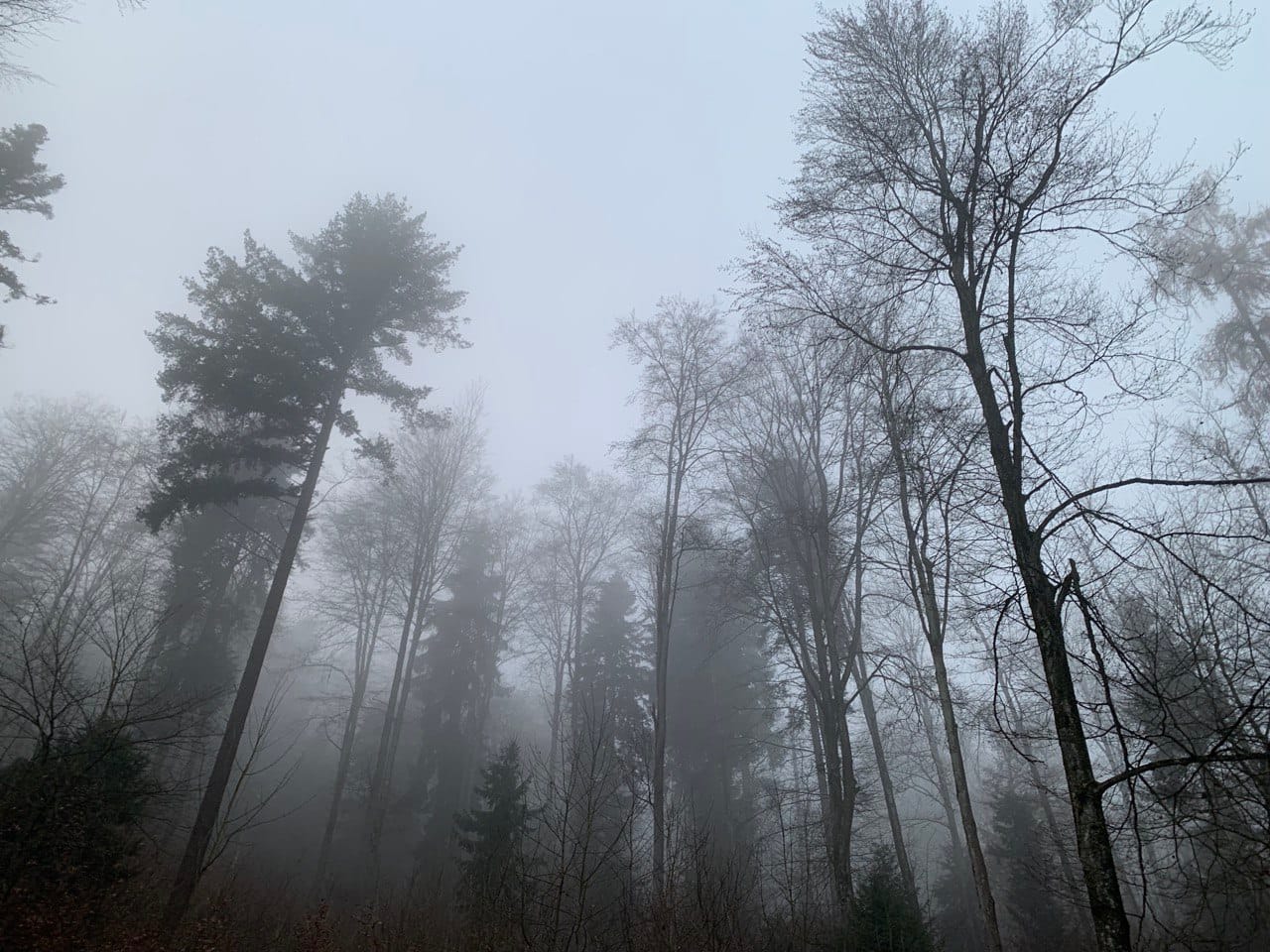
Synchronicity in Systemic Change
by Klaus Mager
A nugget from the upcoming NeoBook Volume II, Food and Agriculture: Leading From The Future As It Emerges.
Synchronicity
In the realm of systemic transformations, the concept of synchronicity is a fascinating concept introduced by the Swiss psychiatrist Carl Jung to describe the meaningful coincidence of events such as similar thoughts in widely separated persons or a mental image of an unexpected event before it happens. To put it simply, synchronicity happens when a coincidence is so striking and unexpected that it seems to have a deeper significance. Jung believed that synchronicity revealed something fundamental about the nature of reality. He saw it as evidence of a deep interconnectedness of the universe, and a bridging of our inner and outer worlds. His idea was that, in certain rare moments, the barrier between our conscious, rational mind and the mysterious, unseen forces of the universe thins, allowing for these meaningful coincidences to occur.
It provides a unique lens to view large-scale change. This essay examines the necessity of regulatory intervention and communication between all market participants in steering structural transformations, particularly in sectors like transportation and food, where market forces alone have proven insufficient in addressing broader socioeconomic and environmental considerations.
The Transportation Sector: A Case Study in Asynchronous Change
The promotion and incentivization of electric vehicles represent a significant step towards a more sustainable transportation future. However, this transition has highlighted a critical challenge: the lack of coordinated planning and infrastructure development. Electric cars require a supportive ecosystem – charging stations, specialized mechanics, and appropriate repair shops. The current system, primarily designed for gasoline vehicles, illustrates a lack of synchronicity in change management. Gas station owners, automotive repair shops, and the associated workforce feeling neglected and potentially threatened by this shift, may become inadvertent opponents, slowing the transition.
The Food System: A Similar Story
In parallel, the food system is also undergoing a vital shift towards sustainable practices. However, this transition faces similar challenges as the unregulated / unguided market tends to overlook crucial factors not just related to workforce training, employment shifts, and environmental impacts, but also the socioeconomic and cultural consequences of changing the most basic of needs: access to food that is familiar, affordable, healthy.
The tendency to operate in silos can be a significant barrier. Individual stakeholders – manufacturers, consumers, farmers, technology providers, retailers, and policymakers – often work towards their specific goals without a shared roadmap. This lack of an organized communication structure leads to sub-optimization, where the actions of one group may inadvertently undermine or conflict with those of another.
Traditional market mechanisms focus primarily on economic efficiencies and short-term gains, often neglecting the need for a comprehensive approach that includes workforce adaptation to new agricultural methods, the environmental impact of production practices, and the dietary and cultural adaptations required by the public.
History shows that markets do not naturally adapt to include broader socioeconomic and environmental factors unless there are external incentives. Without regulatory intervention as in farm bill reform, essential aspects of the food system transformation – such as soil regeneration, biodiversity conservation, and equitable distribution of resources – may remain unaddressed.
The Role of Regulation and Communication
Strategic regulatory interventions and organized private sector communication frameworks are critical in bridging these silos. Regulation as in farm bill reform can provide a unified direction, ensuring that all stakeholders are aligned towards common goals – be it the development of EV infrastructure or the adoption of regenerative agricultural practices.
Establishing channels for open dialogue and information exchange is crucial. This can involve cross-sectoral collaborations, public-private partnerships, and platforms for sharing best practices and innovations.
Beyond providing direction, regulations can also incentivize actions that are beneficial for the system as a whole. This could mean subsidies and/or tax incentives for sustainable farming practices.
Conclusion
The shift towards a sustainable future in any sector requires breaking down the silos of isolated effort. An unregulated or misaligned market, left to its own devices, tends to optimize individual components rather than the system as a whole. Integrating strategic regulation with a strong communication infrastructure can ensure that the transformation is both synchronized and systemic, aligning individual efforts towards a collective goal. This integrative approach is vital in steering our societal systems towards a sustainable and cohesive future.
Vegas From A Penthouse
by Jack Park

Remembering Summer
by Ken Homer
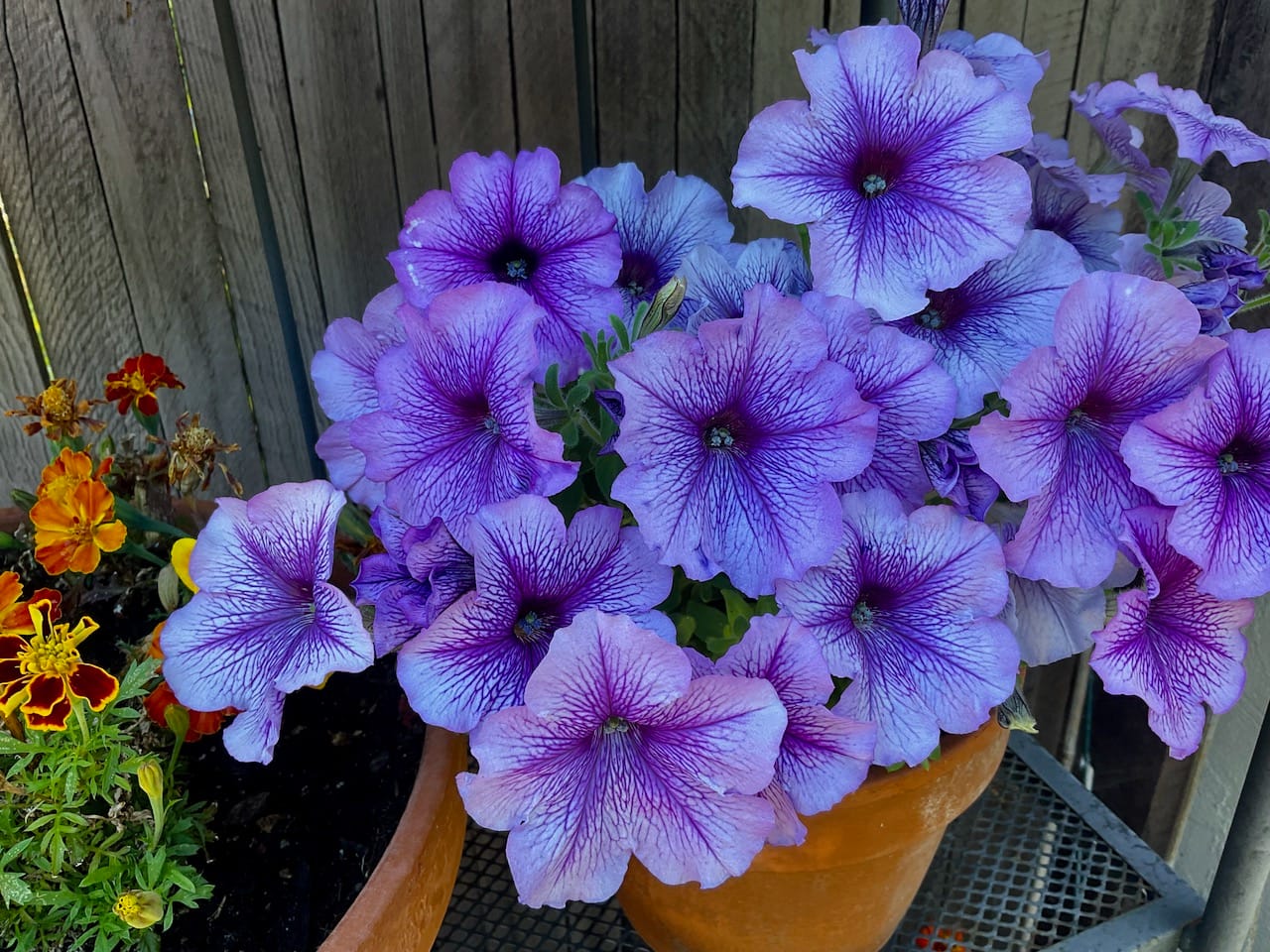
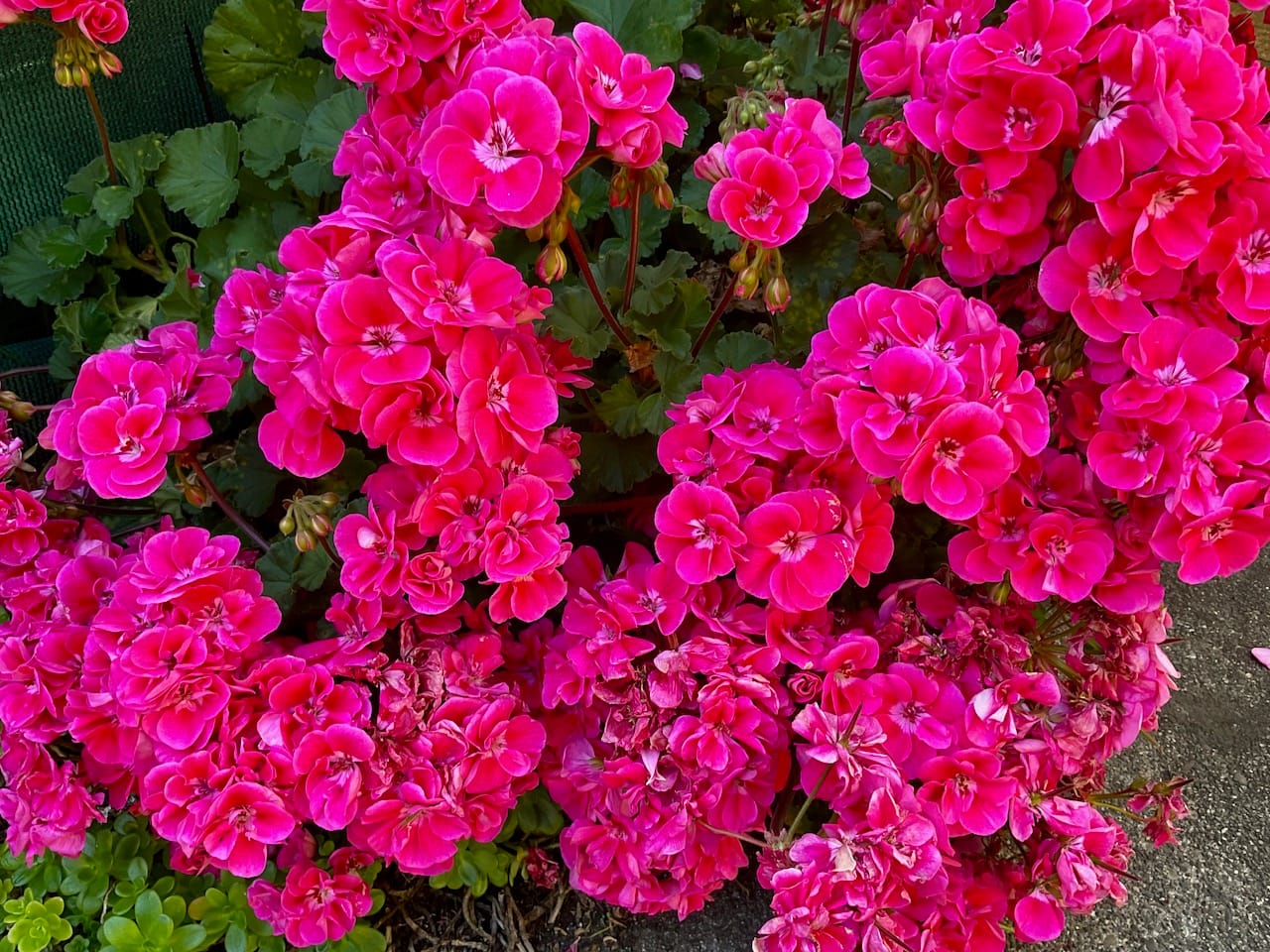




It’s A Wonderful Life
by Ken Homer
When I was growing up the holiday season was a fraught time in our household. There was the fun of trimming the tree and helping out with baking Christmas cookies along with the winter activities of sledding and ice skating and, of course, the anticipation of presents under the tree. But beneath the holiday cheer was a tension in our house that my young mind, still in single digits, was acutely aware of but unable to fully grasp. There’d be arguments, shouting matches which sometimes erupted into physical violence – often with me as a collateral damage. I can’t recall how many times the phrase: “Jesus Christ! It’s the holidays, can’t we get along for once?” was uttered.
My mom died in 1966 and the holidays got bleaker after that. My dad disappeared into a bottle, my eldest sister, who had been my protector, went off to college leaving me with my middle sister who had been bullying me since the day I came home from the hospital. Family lore has it that on my first night at home my middle sister came into my parent’s room to look at me. My basinet was right inside the doorway and while fumbling for the light switch, she smacked me in the face. That was the first of the physical abuse I would suffer at her hands until, when I was 15, she hit me for the last time, and I punched her so hard in the gut that she went down in a fit of coughing.
When I was a teen, my dad had lost his job and had no money so, no presents for me that year. Except, when we went to his lady friend’s house, I noticed he had managed to buy her some gifts. That was hard to witness and made me feel badly about us both.
Well into adulthood, I would get depressed at Christmas, and that was often accompanied by a cold or the flu. I injured my back unloading a truck at age 23 and so my back would tend to go out at the holidays too.
In 1998 I was having my typical holiday depression. It was a tough year. My dad had died two years earlier and I was struggling to cope with the legacy of his alcoholism and how much I missed him. I had become withdrawn and had almost no friends. My back was out. My eldest sister invited me over for Christmas and asked me to pick up her daughter – some 20 miles out of my way – which I gladly did. I arrived, we watched the kids open their presents and for a little while I basked in the warm glow of a family Christmas with no fighting. But about an hour after I arrived, my sister said the following words to me: “It’s time for you to go so we can have a family Christmas dinner.”
In my entire life, I have never heard anything more shocking or painful. I assumed that I was family. I stammered something, turned my face away to hide my tears and drove home to spend the rest of the day alone. It was the most bewildering experience of my life. I had managed to come to terms with the deaths of my mother and father, but I had no idea how to cope with my sister essentially exiling me from the family. I had always heard that family are the people who have to accept you no matter what. Apparently, that memo was never received by my sister.
Most of what I recall of that day is emotional devastation. I sobbed and I wept, and I sobbed some more. I hadn’t felt so alone since 1980 when I nearly died of dengue fever on Bali when I was alone and 10,000 miles from home with a temp of 105ºF.
For the rest of the day, I took stock of my situation. Out of work, hardly any friends to speak of, the son of a drunk, with my own issues around addiction, severely depressed, exiled from my family, wondering what I had done to end up in such a dark and confined space as this. My life felt empty and pointless and, while I had no thoughts of harming myself, it was hard for me to find many reasons to live.
Afternoon gave way to evening and I found myself watching It’s a Wonderful Life on TV. In the scene where Jimmy Stewart was crying over and over that he wanted to live again I felt something my heart give way and suddenly I too wanted to live again. I never again wanted to feel as low as I felt that night. As the movie drew to a close and all of George Bailey’s friends came in and showed their love and support, I made one of the best decisions of my life. I knew I could no longer count on my family to be there for me if I needed them so, I resolved then and there to do whatever it took to build a community around me, so that, should another dark day befall me, I would have people I could reach out to, people I could count on who’d love me and help me.
It took years to make the required changes. I had to look at all the ways I was an asshole, sadly, there were many, and then I had do the necessary and often painful healing work to show up as a likable person. I had to learn to be kinder, to be more patient, more understanding, humbler, less of a know-it-all. And I had to learn to deal with the anger that possessed me – much of it passed along to me when I wasn’t looking. I had to learn the hard truth of Maya Angelou’s words that people will forget what you say and forget what you do but they never forget how you make them feel.
It's been a bumpy ride, but I have managed it for the most part. My middle sister died in 2012 shortly before her 60th birthday. I tried for 25 years to get my eldest sister to recognize the harm she caused me that Christmas, but I was unsuccessful and ultimately had to make the incredibly difficult decision to sever our relationship. While it is painful to not be in relationship with her, it is not as painful as being in relationship with someone whose gaslighting behavior and denial of our shared past makes me crazy.
I no longer get sick at the holidays. I no longer celebrate Christmas either, preferring to honor the return of the light at the Winter Solstice. I am sure I still have some way to go to fully be the person I resolved to be 35 years ago, but I am mostly at peace with how I show up in the world these days, and I do indeed have a chosen family, people I love and who love and support me.
To all the people who have helped me along the way, especially those who suffered from my behavior and still offered their forgiveness, understanding, kindness, and friendship I offer my deepest gratitude.
May whatever Holy-Days you are observing be filled with the light of wisdom and the warmth of compassion.
Thank you for reading! The next edition will be published on 3 January 2024. Email Pete with suggested submissions.
Grateful appreciation and many thanks to Charles Blass, Gil Friend, Ken Homer, Todd Hoskins, Klaus Mager, Jack Park, and George Pór for their kind contributions to this issue.